Son La
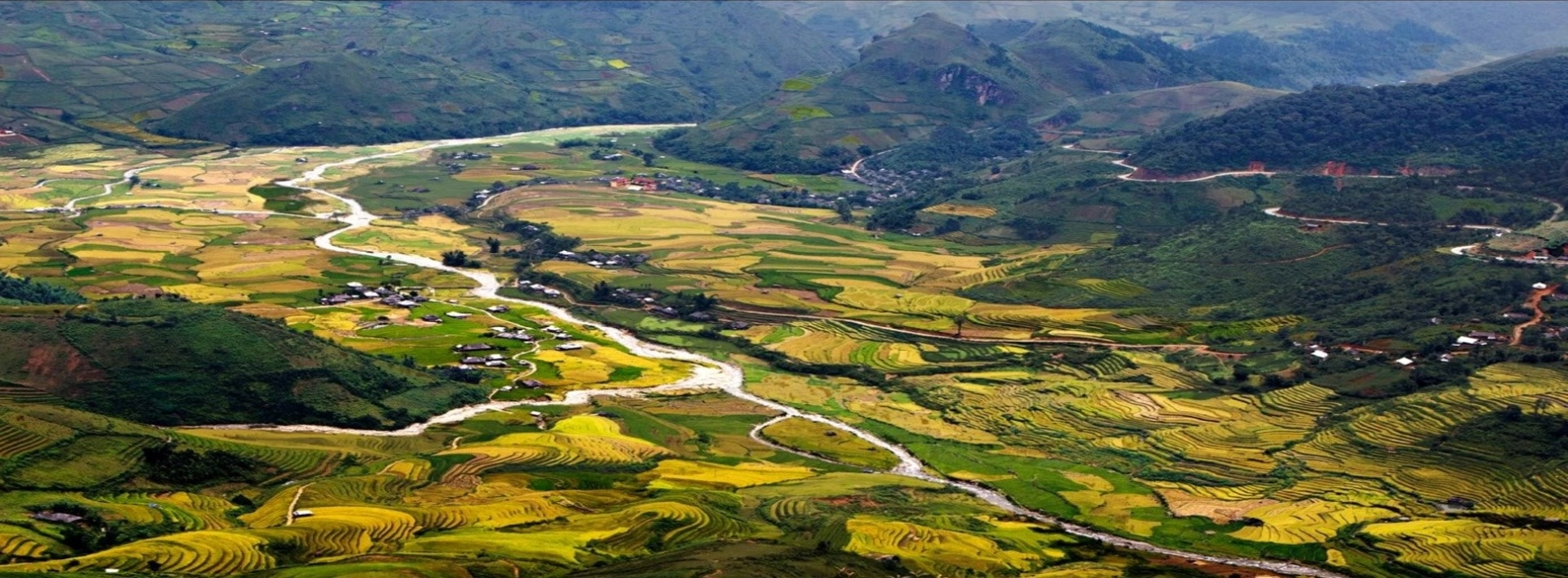
Son La Province is one of the six provinces in the Northwest region. It has the largest area in the North and the third largest in the country. Most of the area is characterized by low hills and mountains, with Da and Ma rivers forming the beautiful Moc Chau and Son La plateaus. This province is one of the leading producers of tea, dairy products, and cold-climate fruits.
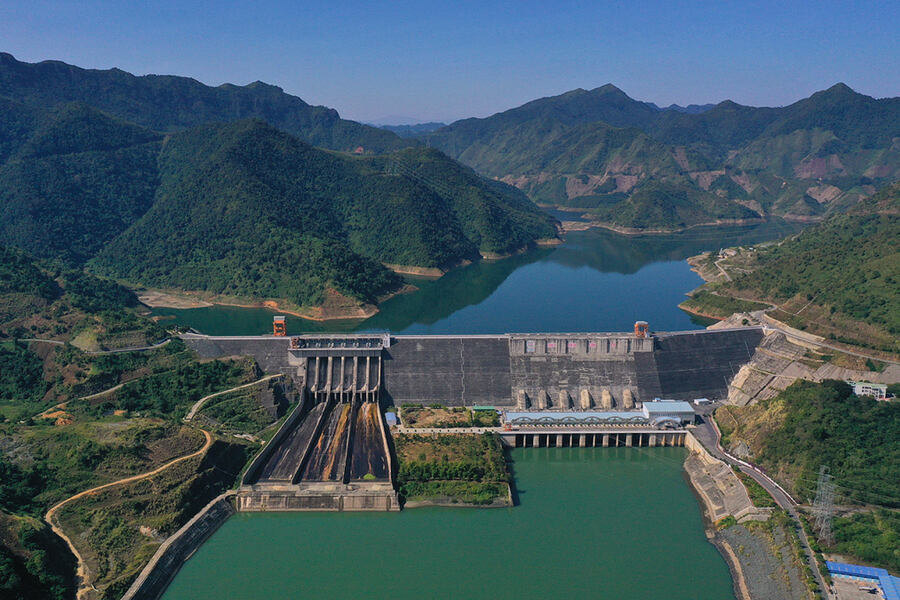
Son La Hydropower Plant on Da River is the biggest hydroelectric power station in Southeast Asia. Photo: VnExpress
Son La is a favorite destination for travelers. Here, you can admire beautiful nature blended with the special cultures of the indigenous ethnic groups - the Tay, the Tai, and the Dao, etc. We'll explore the province further in the article below with Asia King Travel.
In feudal times, Son La and the broader Northwest region were autonomous areas under the administration of Dai Viet. The ethnic minorities established their villages with independent councils, separate from the Vietnamese imperial court.
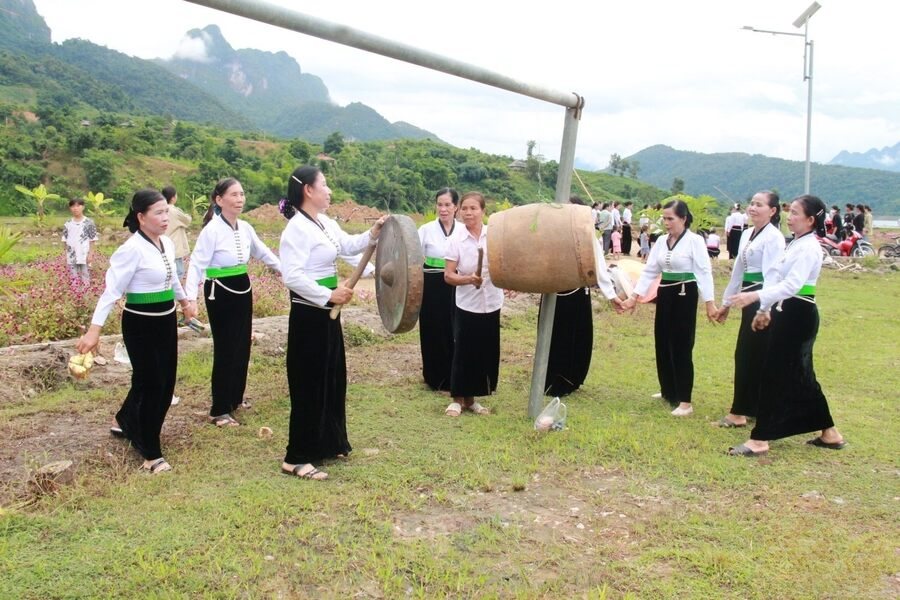
Tai people in Quynh Nhai District. Photo: Son La Newspaper
Son La first became a province in 1904. After 1946, the province, along with Lai Chau and Phong Tho, formed the "Tai Autonomous Region" due to the significant population of Tai ethnic groups in the area. During the Indochina War, it was renamed the Tai-Miao Autonomous Region. From 1962 to the present, it has been renamed Son La again.
The province today has about 1.2 million people – more than any other Northwest province. Note that there are 39 ethnic groups living here, the Tai are the largest group (nearly half the population), and also the Vietnamese (Kinh), and the Hmong (Miao).
Son La Province sits in the far Northwest Vietnam, hugging the country's borders with Laos. Son La neighbors several other provinces including Dien Bien to the west, Lai Chau to the north, Yen Bai and Phu Tho to the east, Hoa Binh and Thanh Hoa to the South.

Moc Chau is a well-known mountain destination in Northwestern Vietnam. Photo: Du lich Moc Chau
The province is 300 kilometers west of Hanoi. The road for travelers will take more than 5 hours. If you've got a few days to spare, then a multi-day trip to Son La to visit Moc Chau Plateau and Vietnam-Laos border is perfect.
Start by heading onto Thang Long Avenue. Then, you can choose to take National Route 37 or National Route 6 to reach Son La, as the distances are quite similar. The roads have been nicely upgraded, so travelers from Hanoi or the northern provinces can easily drive independently.
Suggested for you: Vietnam Tour 10 days: Off the beaten path of Northwest Loop
Son La has a dry cold winter and a hot humid rainy summer. Its mountainous terrain has different microclimates, which enable the development of a highly diversified agricultural and forestry production system. Moc Chau plateau is suitable for temperate crops and livestock, while Da River basin areas are well suited for year-round tropical forests.

Visit Ta Xua at the beginning or end of the year for stunning photos with clouds. Photo: Lao dong
Traveling best begins between November of last year and July of this coming year. The weather at the end and beginning of the year is cool and dry, perfect for sightseeing on high mountains like Ta Xua. Lush green tea hills in Moc Chau await you from April to July. The remaining months coincide with the rainy and stormy season, meaning travel is unsafe.
Pa pinh top is the name of the Tai people's traditional grilled fish dish. The fish is stuffed with distinctive spices like prickly ash, lemongrass, pepper,... then perfectly grilled. The fish remains naturally sweet and tender after grilling, with the spices infused deeply into each bite. Paired with a tangy-sweet dipping sauce, the flavors are even more vibrant and delicious.
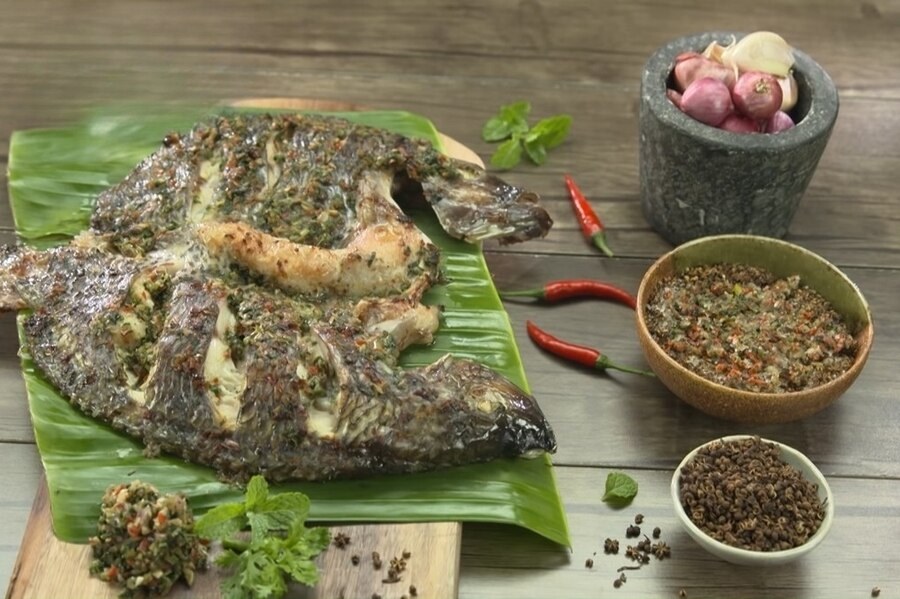
The grilled fish dish is rich in flavors—sour, spicy, salty, and sweet. Photo: Dealtoday
At an average altitude of 1,050 meters above sea level, the Moc Chau Plateau is blessed with ideal weather, temperature, and soil for dairy farming. Moc Chau milk is famous for its delicious, rich, and creamy flavor and high nutrients. The locals have also artificially produced different dairy products, such as butter, condensed milk, and milk cakes.

Moc Chau Milk is a major milk brand in Vietnam. Photo: CafeF
Arriving on this green plateau, you’ll enjoy fresh air and experience all four seasons in a single day, embracing the peace and simplicity of life alongside honest, hardworking dairy farmers. Each morning as you wake, a warm, delicious glass of fresh milk awaits you in the cool mountain air.
So does Moc Chau have delicious fruit seasons. Locally grown farmers naturally grow fruits to produce fresh and high-quality products. The most famous fruit is the strawberry, with the annual season running from early November to May. Strawberries are at their peak harvest from January to March.
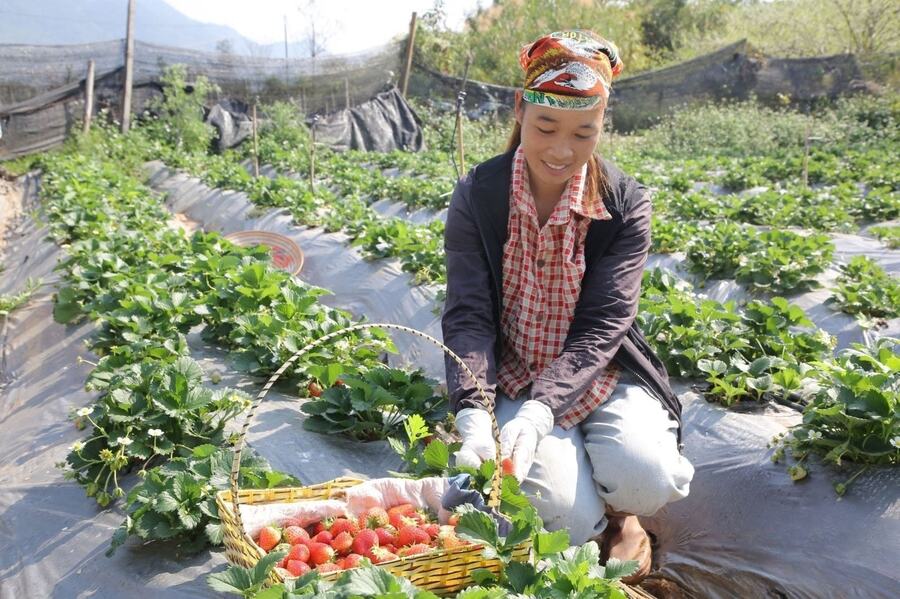
Strawberries are grown naturally under the careful tending of farmers. Photo: Son La Newspapers
From April to June, visitors can admire the endless hills of plum trees and pick ripe, sweet, red-purple Moc Chau plums right from the branches. Na Ka Valley has the most plum orchard area. Then, in July and August, the season shifts to crisp, crunchy persimmons.
Son La natural beauty will surely make you want to stay. Beyond the stunning landscapes, the province is rich in unique cultural traditions of ethnic minorities. If you’re looking for an amazing Northwest Vietnam adventure, don’t miss this incredible destination. Contact Asia King Travel to start your journey today!
Suggested for you: Ta Xua Tour 3 days 2 nights
Embark on a mesmerizing journey through the scenic wonders of Ta Xua and Moc Cha...
Explore the breathtaking landscapes of Ta Xua Tour 2 days adventure. Discover th...
The Moc Chau Tour 2 Days offers a unique opportunity to explore the stunning lan...
Mai Chau Moc Chau Tour 3 Days: Scenic Highland Adventure takes you on a scenic j...